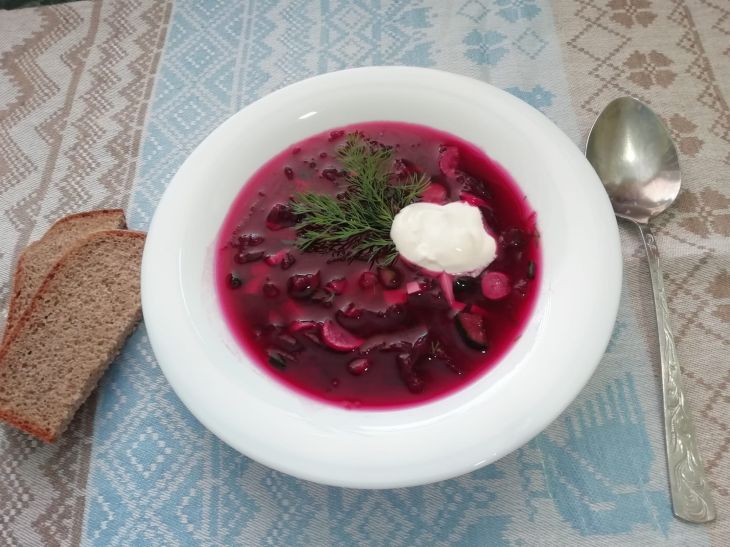What 5 facts about borscht only true gourmets know: test yourself
This traditional soup can be safely called a real calling card of Slavic cuisine: it is prepared by both professional chefs and housewives.
Foreigners, when getting acquainted with Slavic culture, always try to taste classic borscht, because this dish has become truly iconic and recognizable.
5 Facts About the Legendary Soup That Not Everyone Knows
The Role of a Weed
Surely many summer residents think with horror about hogweed, which is extremely difficult and quite dangerous to fight. At the same time, few people know that in the past, classic soup was prepared on the basis of one variety of this plant. It was considered much less formidable. We are talking about common hogweed.
The tender leaves of the young plant were used for cooking. It is believed that it was the weed that gave the dish its name.
This is a very ancient dish.
It is difficult to name a specific date for the appearance of borscht, but one can turn to written sources from ancient times. Thus, borscht is mentioned in a literary work of the 16th century.

This means that the soup has been known for at least five centuries.
Variability of preparation
It is impossible to say exactly how many borscht recipes exist at the moment. At the very least, we are talking about hundreds of variations.
That is why every cook tries to bring something new to the recipe for preparing this ancient soup.
Borscht has always been sour
Modern cooks achieve a characteristic flavor with tomato paste, lemon juice, and even vinegar. But cooks of the past used apples, berries, and even sauerkraut for this purpose.
That is why sourness is considered an important aspect of real borscht.
Modern superfluous ingredient
Surely you have rarely come across borscht without potatoes as one of the main ingredients. However, this product was not added to the classic soup: it simply had not been brought in by that time.
Therefore, many cooks who try to cook borscht according to the classic recipe do not include potatoes in the dish. It is believed that such a soup turns out lighter and richer.
